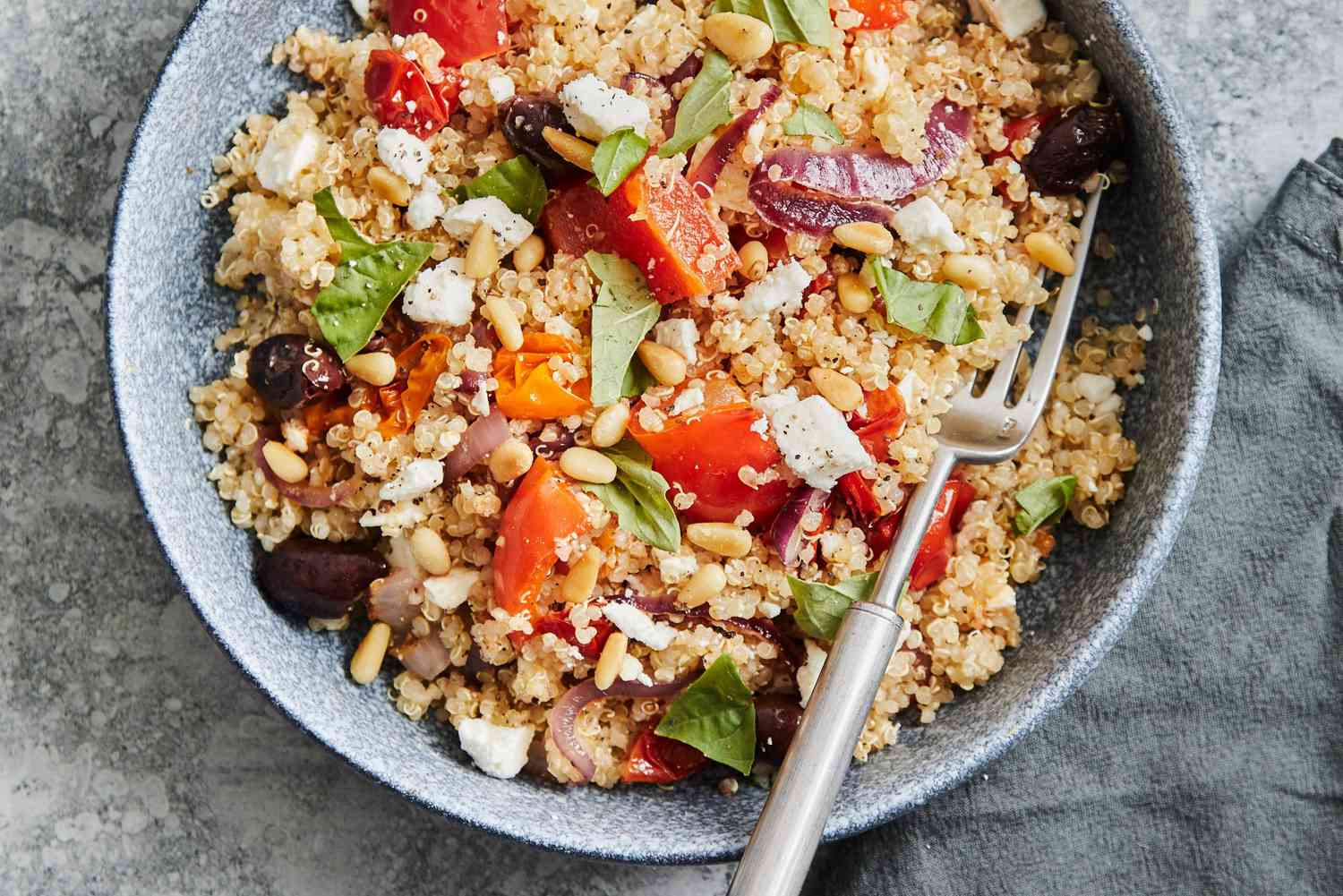Blood
The #1 Carb for Lowering Blood Pressure, According to a Dietitian
We’ve said it before, and we’ll say it again: Carbs are not the enemy. The popularity of low-carbohydrate diets may have given carbs a bad reputation—but the science says that’s just plain wrong. In fact, carbs are an essential part of a healthy diet. They are a primary energy source for the body and provide many beneficial nutrients like fiber, B vitamins and antioxidants.
If you have high blood pressure, you may be tempted to make drastic diet changes like cutting out all carbs, but there’s no need to give them up. The Dietary Approaches to Stop Hypertension (DASH) diet is supported by years of research as a good strategy for preventing and treating high blood pressure. And here’s the thing: The DASH diet is not a low-carb diet. In fact, its guidelines emphasize many healthy carbohydrate-containing foods like fruits, vegetables, legumes and whole grains.
The message here is that while carbs aren’t off the table with the DASH diet, you’ll just want to opt for high-fiber or whole-grain carb choices most often, such as choosing whole-grain pasta instead of the regular kind, or 100% whole-wheat bread rather than white. Read on to find out how carbs may help with high blood pressure and the one carb you may want to add to your plate more often.
Why Carbs Can Help with High Blood Pressure
When it comes to lowering blood pressure, the quality of the carbohydrates in your diet is what counts. A 2021 study published in Hypertension reviewed the research on diet and blood pressure and found that eating more high-quality carbs like legumes, whole grains and fruits lowered blood pressure—the same kinds of carbs that are emphasized as part of the DASH diet.
On the other hand, eating too many refined carbs, often called simple carbs, like those found in sweets and white bread and consuming excess added sugars from sweetened beverages has been associated with an increased risk of hypertension, as noted in a 2019 study published in Current Nutrition Reports.
So when choosing carbs to incorporate into your diet to manage high blood pressure, is there one that is better than the rest? Read on to find out.
The Best Carb for High Blood Pressure
As we mentioned, fruits, vegetables and whole grains are encouraged on the DASH diet. But one of our favorite picks to add to your plate more often is—ready for it?—quinoa.
Quinoa is an ancient grain that gained a lot of popularity in the early 2000s. Although it is not a true cereal grain like wheat, oats and barley (it’s technically a pseudocereal), quinoa is generally grouped with other grains since its nutrition profile is so similar. Here’s why it’s our top choice.
Packed with Fiber
Compared to other popular whole grains like brown rice, quinoa tends to come out on top for its overall fiber content. That’s because cooked quinoa has twice the amount of fiber as brown rice. A 2021 study published in Frontiers in Nutrition measured the fiber intake of women in midlife and found that those who consumed more fiber from whole grains like quinoa were less likely to develop hypertension.
Upping your fiber intake is not only good for your blood pressure, but it also supports a healthier gut. The gut microbiome is a complex community of microorganisms like bacteria that can have an impact on overall health. The good bacteria in your gastrointestinal tract thrive on fiber. As they break that dietary fiber down for energy, they produce compounds called short-chain fatty acids, which may help lower blood pressure, according to a 2022 study in Current Hypertension Reports.
Good Source of Plant-Based Protein
Swapping animal-based protein for a plant-based option at least a few times a week has many potential benefits—since plant foods are higher in fiber and don’t have the saturated fat and cholesterol found in many meat products.
According to a 2022 study published in Hypertension, eating protein from a variety of sources, including both plants and animals, helped lower one’s risk of developing high blood pressure. Over the course of the six-year study, those who included at least four different sources of protein in their diet had a 6% lower risk of developing high blood pressure.
Incorporating more plant-based sources of protein like quinoa is a great way to add that variety to your diet. Since it is technically a seed, quinoa is much higher in protein than other whole grains, with a whopping 4 grams of protein per ½-cup serving.
Loaded with Magnesium
Although sodium gets a lot of attention when it comes to blood pressure management, there are a few other dietary minerals—like magnesium—that are just as important. According to 2019 research published in Nutrients, higher intakes of magnesium may help with better blood pressure control.
One of the ways that magnesium helps manage blood pressure is by counteracting the mechanism that makes blood vessels constrict and increase the pressure in your arteries. When blood vessels are more relaxed, blood flow improves and blood pressure lowers.
Research on the effectiveness of magnesium supplementation for blood pressure is not very clear, so increasing your intake of high-magnesium foods is the best strategy. Just a standard ½-cup serving of cooked quinoa provides 14% of the Daily Value for magnesium.
Bottom Line
If you’re a carb-lover with high blood pressure, there’s no need to give up all of your favorite foods. In fact, the No. 1 diet for lowering blood pressure, the DASH diet, emphasizes many complex carbohydrate-containing foods like fruits, legumes and whole grains. Although they all have benefits, our top pick for lowering blood pressure is quinoa. Pick some up today.

